I attended a fundraiser and award ceremony at the Martial Arts History Museum in honor of Actor, Movie Producer and Traditional Martial Artist Ewart Chin.
Ewart Chin's study in Traditional Hung-Gar Kung Fu began with a Master from the KwangTung province, China. He has also studied Qi-Gong in Los Angeles from a Monk from The Wu Dang Monastery, China. Ewart has been inducted into the World Martial Arts Council, the USA Martial Arts Hall Of Fame, and The Martial Arts History Museum.
Many of his friends and Martial Arts family in June 2016 came together at the Martial Arts History Museum to honor him with Ewart Chin Day. I graciously was invited to attend. This was the first time I had visited the Martial Arts History Museum or had met someone that studied a traditional form of martial arts. In my system of Kenpo, I appreciated that tended to be somewhat progressive; that over time it evolves with the student’s needs. It had me questioning why someone would want to study a traditional form of martial arts. I researched Hung Gar Kung Fu and found the style was known for deep, low stances and strong hand techniques. Training techniques varied but traditionally the student could spend months up to years perfecting just their stance training. Sometimes the students could be sitting in only a horse stance for several hours at a time. Perfection of the stance would lead to learning a kata. Traditionally it might take a full year for a Hung Gar student to learn just one kata.
In other words, Hung Gar Kung Fu students must develop the patience of saints. Some of the modern instructors still follow tradition and make stance training a priority for beginners.
I felt myself have a moment of nostalgia and Tradition was on my mind as I walked through the museum and saw all the traditional systems and styles on display from antique Samurai swords and armor to ancient Polynesian weapons. Ewart (Master in Hung Gar Kung Fu) couldn’t stress enough...
“It is essential that if you are studying a traditional style you should know the roots of that style and history. These styles were developed by families going way back in history and it only makes sense to know the lineage.”
I wondered how many traditional arts had been lost over the generations?
A contributing factor we probably could blame is the Martial Arts hastening our systems to please students. Martial Arts is no doubt a way of life but in most instances it can be business as well. Many Dojo owners have to cater to their students to ensure their doors stay open, giving the students a sense of continuous gratification with each promotion.
Yet we also live in a fast paced world, few people might have the time let alone the patience to dedicate to a traditional art such as Hung Gar Kung Fu. Today so much knowledge is available at the tips of our fingers, but what knowledge and lessons are we possibly missing out on by cramming so much into our little brains?
I asked Ewart if he felt some modern day students were missing because of not studying a traditional system.
He explained, “I do believe that they are most definitely missing out on traditional systems. Most modern schools and teachers do not grasp these traditional styles and as a result are not able to effectively pass on to their students.” “My advice to a new student wanting to study traditional forms or traditional styles is that they have to be open to rigorous hard training and learn from someone who truly knows the style. Be humble for it will change your life for the better. Study for the right reasons.” “Study for the right reasons,” it doesn’t get truer than that.
In the end the Traditional vs. Modern debate is pointless because the Modern was at one point of time the traditional and the traditional at another point of time was the Modern. There isn’t a competition between the two because they are in themselves the same. The only difference is the training and teaching styles.
Knowing that, when a new student is looking for a Dojo to start with they need to be mindful of not just what system they want to study but how would they like to train? My advice is to check to see what local Dojo’s are available in your area. Research their systems and training styles and make sure it fits your needs. As always, never be afraid to ask questions. As for current students I leave you with an English Proverb… “You don't know where you're going until you know where you've been.”
2 Comments
Discussing Theories On Martial Arts Films with Don Wilson...I was invited by my friend Debbie Goodman, creator and host of Martial Arts Mania, to visit the Martial Arts History Museum in Burbank, CA. We were attending a fundraiser for the museum and I was surprised to find that the majority of the guests attending where not only martial artists but involved in films. I am a complete novice concerning Martial Arts Films and had had mixed emotions of the genre. As an instructor I can’t even begin to count the times students come in asking when they would learn to do front flips or climb up the walls like a ninja. Yet, who am I to judge? “The Next Karate Kid” was a hit when I first started taking lessons. I remember watching Hillary Swank obsess over her forms with Mr. Miyagi then many years later jumping in the ring with Clint Eastwood in “Million Dollar Baby”.
The truth is it never fails to see a high attendance in Dojos when a blockbuster such as The Teenage Mutant Ninja Turtles or The Karate Kid (2010) opens. As I walked through the museum, viewing items such as Danielson’s headband from the first “The Karate Kid,” I felt myself slowly becoming more inquisitive to this mainstream subculture of karate. Was an audience’s fascination on martial arts or the film? How engraved had the film industry become in Martial Arts? Luckily, later that night I got to have dinner with Don “The Dragon” Wilson.Don is an 11x World Champion Kickboxer, practitioner of Pai Lum Kung Fu and has starred in over 30 Martial Arts Films.
One of the reason’s I have attributed to not being so enthralled with Martial Arts Films is because the films usually feature a male leading role. Everyone in Marital Arts (especially Jiu Jujitsu) has heard the horror stories of gender discrimination towards females. I wondered if the lack of leading heroines was movie based or martial arts based, so I asked Don if he had ever witnessed or experienced any gender discrimination.
His response was diplomatic and realistic, “They are not prejudice. Hollywood is color blind, they only see green. It’s about how much they make on opening night. Women now-a-days can do action films, you are seeing more and more of them. What they (Hollywood) wants a big opening and it’s believed a female star might not open as big as if a man was the leading role.” It’s an interesting concept for Hollywood considering the largest Martial Arts film opening is Rush Hour 2 at $226.2 million and the largest Action Heroine film opening is The Hunger Games: Catching Fire at $424.7 million. For all the people that failed math like me, that almost a $200,000,000 difference.
Regardless, $226.2 million is a lot of money to open with, but how did the martial arts genre take off? What was it about martial arts in movies that has had audiences so captivated over the years?...
In 1973 Enter The Dragon starring Bruce Lee and distributed by Warner Bros opened and changed the film industry and began the “Kung Fu Kraze.”Don explained the significance of the genre...
“If you went to a video store and looked around you would see the different genres: drama, action, comedy… Our genre is special in its own way. It’s a genre focused on what we do. If you think about it there are no genres for construction, medical or for lawyers—but there is one for Martial Arts.”
As for the captivation...He further clarified, “You can watch the flashy kickers and the stunts with flips but it’s not realistic on the street. It’s not applicable.” He had a point. Somewhere between the flying kicks and super strong punches, audiences had become captivated with the genre, but there is still a line drawn between Martial Arts and Hollywood Martial Arts. That line is application.
You can go home and analyze every move from a movie, but in the end the stunts shown on the big screen won’t save you in a fight because they are not applicable. Martial Arts is a form of self-defense and is realistic.
This could possibly even be the reason student’s that first start at a Dojo seem somewhat disappointed at times. In the end, flashy showmanship will not save them from someone trying to harm them. If we could all run up walls, we would never have to fight anyone. Nonetheless, we will still see an influx in students when the next martial arts film releases. For the lucky ones that walk into our school it could change their lives for the better. There are still the unfortunate ones that find themselves in a McDojo; schools that feed off the craze but do nothing to better their students. I believe the best thing we can take from Martial Arts Films is what they are intended for: Entertainment.
Enjoy the film and the story behind it. Focus on your training on real threats, not a cinema villain. Parents: let the fight scenes tickle your child’s imagination, but be sure before they step onto a mat that you have done your research and you don’t find yourself in a McDojo.
Now excuse me, I need to go watch a shirtless Tom Hardy in "Warrior."
I have been struggling with ambivalent feelings about my position at the Dojo...
The confusion of being involved with the business aspect, helping teach students but being a green belt and not viewed as an instructor leaves me in between a rock and a hard spot. Our head instructor, JR Diaz (7th Degree Black Belt) has always said that a dojo is like a puzzle and every student is a piece that makes the puzzle whole. Perhaps the reason for my mixed emotions is because my piece to the puzzle is shifting.
Either way, I was feeling off and an upcoming seminar was just what I needed. Our Dojo had the honor of hosting three majorly iconic figures in our system: Grandmaster Huk Planas (10th Degree Black Belt), Sifu Marty Zaninovich (9th Degree Black Belt), and Grandmaster Frank Trejo (10th Degree Black Belt). Grandmaster Trejo had to be picked up due to previous health issues from Diabetes; where his legs, left hand and part of his right hand had been amputated. He had insisted he was ready for some wheelchair Kenpo. My Sifu told me he didn’t have a ride for Grandmaster. Knowing my Sifu was stressing, I immediately volunteered for the task, taking the stress upon myself. I had never met this man but knew he was a legend.
The entire 3 ½ hour drive to LA I fretted the what if’s. What if I insult this man? What if he was insulted a green belt and not a black belt was there to pick him up? 3 hours is a long time to come up with a lot of what ifs...
Worrying was clearly a waste of energy.
Grandmaster Trejo was warm, welcoming and excited to tell his old fight stories and different theories on Kenpo. He immediately told me, “When you’re out there and you’re trying to perfect your craft, you’re learning to fool the other guy. You’re a magician doing magic. Leave them asking, ‘How did he do that?’ It’s magic.”
He also told me about how he became involved in Kenpo and became an instructor...
“My mom saw an ad in the newspaper. It said ‘Wanted Karate Instructor: no experience needed. $700.00 a month. That was a lot of money back then and I was already into karate. I put my brother in first doing Shotokan. I was excited and I’d tell him show me what you learned so I could learn. When I started with Kenpo there was a bunch of us but there was only a couple of us that stook with it. They would try to make you quit. Huk Planas and Steve Herring were my first teachers. Steve Herring taught me but Huk Planas taught me how to be an instructor. I was teaching when I was just a yellow belt.”
I secretly loved hearing his stories of teaching as a lower ranked student.
When we got to the Dojo, so many students were elated to see him and it was an emotional reunion between him and Grandmaster Planas. In all the commotion of greetings and photos, I found an appreciation that I had been allowed so much time one on one with him.
For his class we pushed his wheel chair out onto the mat. He started with a few stories, opening with a few Rodney Dangerfield jokes he had practiced in the car with me. Watching him run a class in his condition was nothing short of remarkable. He grabbed a few students to help demonstrate the drill we would be working on. It was awesome watching him demonstrate accurately the drill despite his handicaps. He had students working on a sticky hands Huba exercise that had the students working on free movement and feeling where blocks and strikes should go, instead of being told were to insert them. The student’s enjoyed it and it was clear the class was a success. When we were driving back to the hotel for Sifu Trejo to relax before Dinner...
He started apologizing for leaving early because some students where still visiting when we had left. I wasn’t worried about it. I was still chewing over what he had said about being a yellow belt and being an instructor. The Dojo dynamics were trying at times being a green belt and trying to be an instructor let alone doing it as a yellow belt.
When he asked what was wrong, I didn’t know how to tell him that I was feeling the edges of my puzzle piece shifting, wanting to be an instructor but that the Dojo was trying to force me to fit in my old gap. I tried explaining, “I’ve been struggling with where I belong in the Dojo. I help on the mat teaching but I am not viewed as an instructor because I’m out ranked by so many. I don’t know what to do.” He nodded and told me another story,
“When I was 18 and I was an orange belt with Steve Herring a guy came into the Dojo one night high on PCP. We had a few students on the mat in different belts, some higher rank than me. He came in looking for Steve and ended up attacking me. Well I’m trying to fight him and it wasn’t working because he’s high on PCP. Well Steve came out and he starts fighting the guy. He picked Steve up over his head to throw him…”
“We had a pool stick we used as a club. I grabbed the pool stick and I’m hitting him in the ribs with the stick. When he wouldn’t drop him I started hitting him in the legs. He finally dropped my instructor and I remember him standing in the door. He salutes us and says ‘I’m coming back to kill you,’ and he takes off. Well we chase him outside and start fighting again, trying to hold him down till the police could get there and arrest him.” I was horrified, “What about the other students? Did they help?” He turned and looked at me with a stone cold face and said, “No and some of them out ranked me. They just stood and watched.”
He didn’t say anything for a little bit. I think he was giving the story a chance to sink in but I said, “I can’t wrap my head around that.”
He told me, “The rank doesn’t matter. I fought for instructor. I did it for my school. That’s what matters.” I realized I had lost sight of why I do karate. It’s not about obtaining a black belt. A black belt is merely a status symbol that a student has met certain requirements. It’s the student behind the belt that matters. It’s the dedication to yourself, your instructor and your Dojo that counts. When it was time for Grandmaster Trejo to go home he gifted me with a new gi with his patch and he told me the story and meaning of his patch.
“When Grandmaster Parker died,
I wanted to make a patch that was like the black armbands you wear when in mourning. So I made the Ghost patch and I only had 10 of them made for the 10 instructors he left behind. Well as time went on they each began to make their own patch and said this should be mine. I left it grey with no colors because when Grandmaster Parker died the color in Kenpo left. It’s up to us to bring the color back.” I know there’s no crying in Karate, but I cried a little.
There isn’t a truer statement. It falls on us to continue our systems and bring the life into them. Its up to us to remember that a yellow belt, purple belt or even a green belt is just as important as a black belt. That is why the patches are in color, because one day that yellow belt will be a black belt. We are all needed, because we are all one piece to the puzzle.
|
Jesalyn Mae HarperHello my name is Jesalyn. I'm a divorced single mom and a karate addict... Archives
March 2018
Categories
All
|
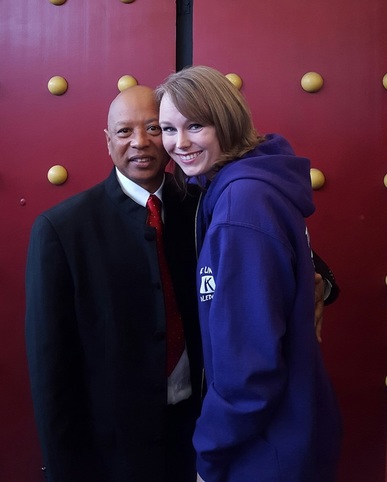
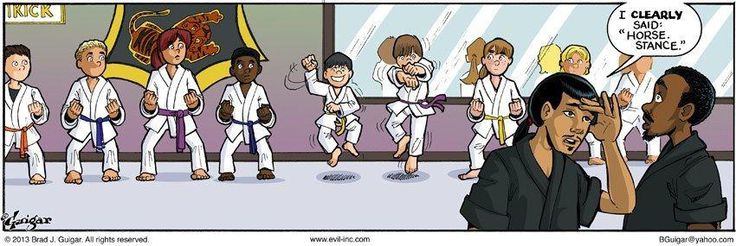
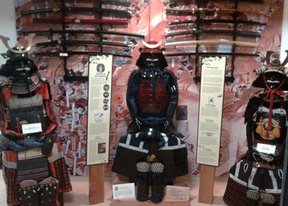
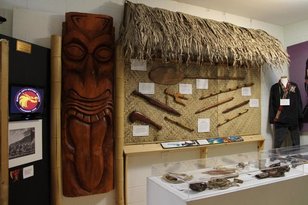
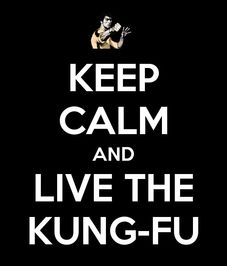
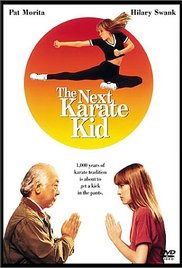
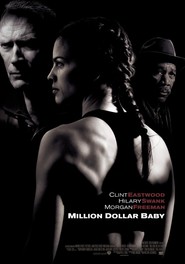
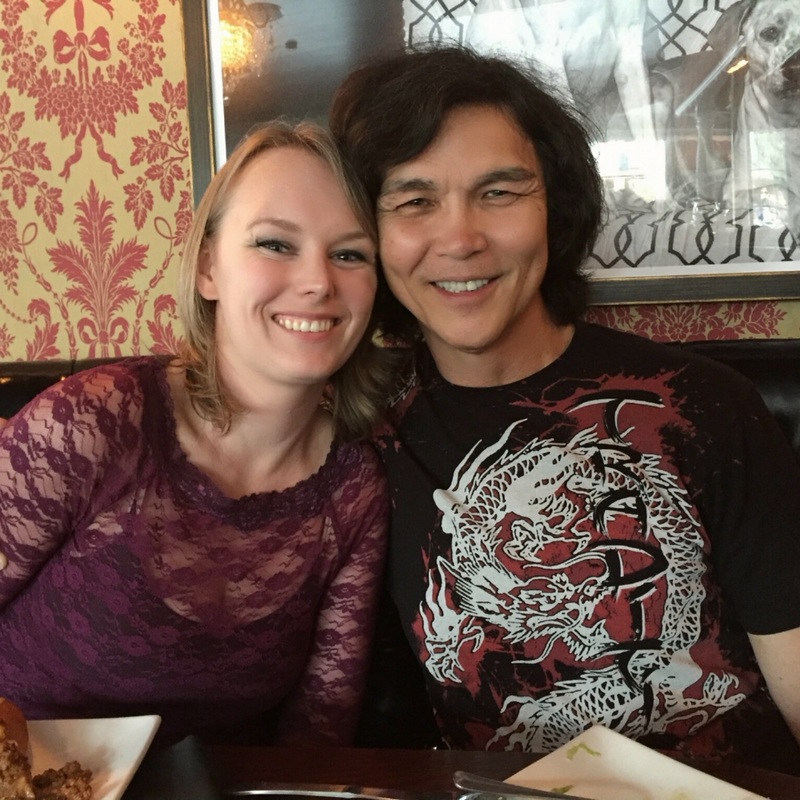
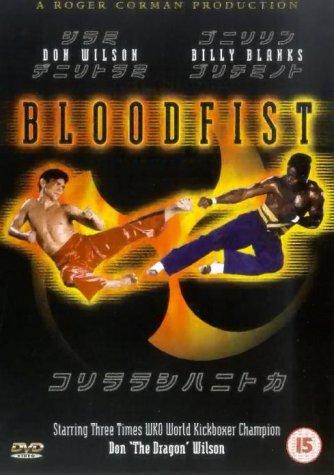
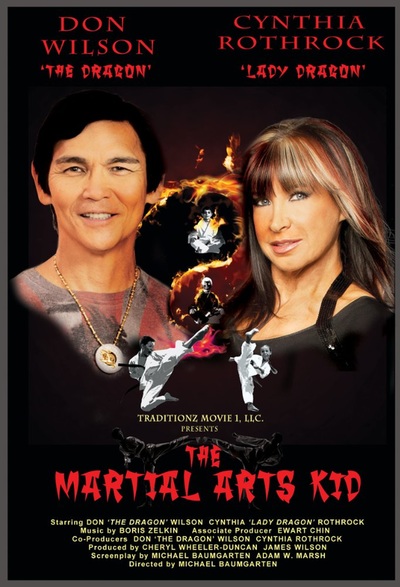
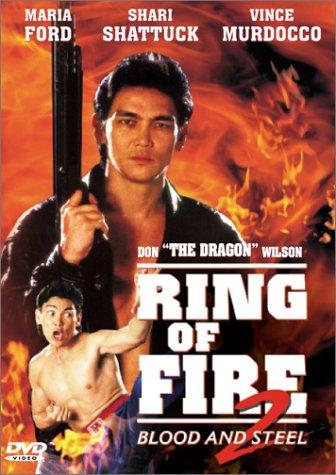

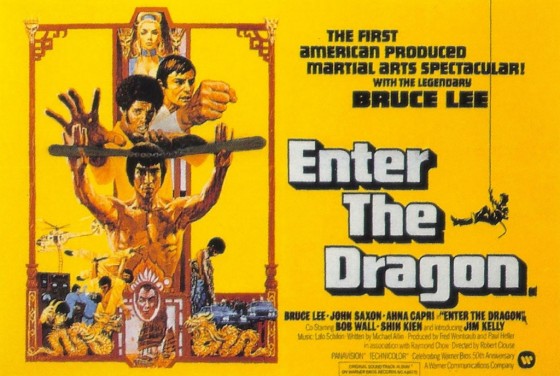
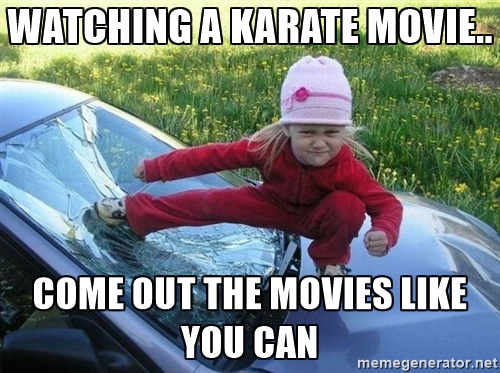
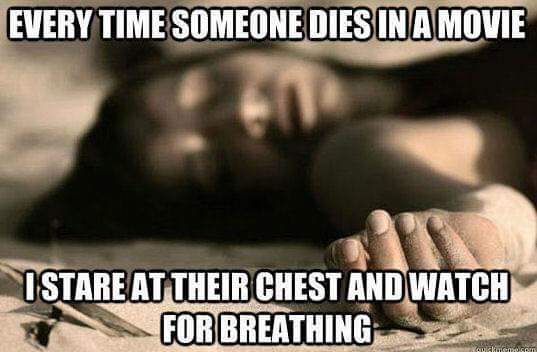

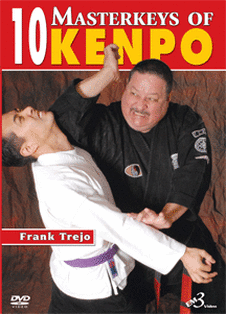
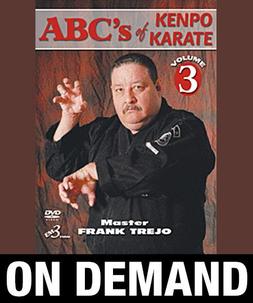

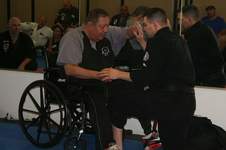

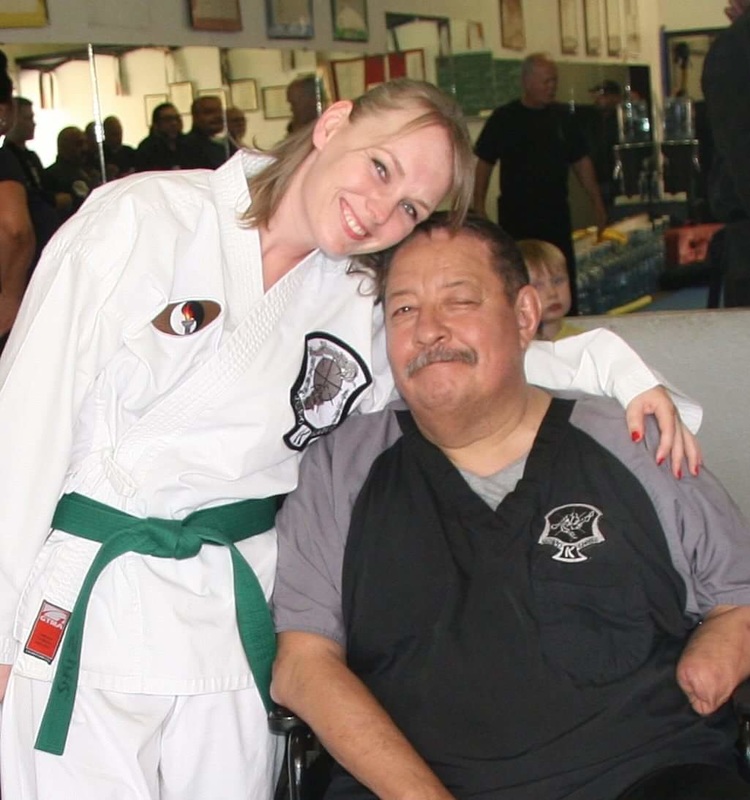
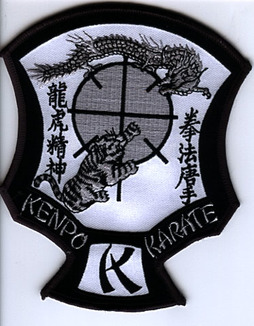

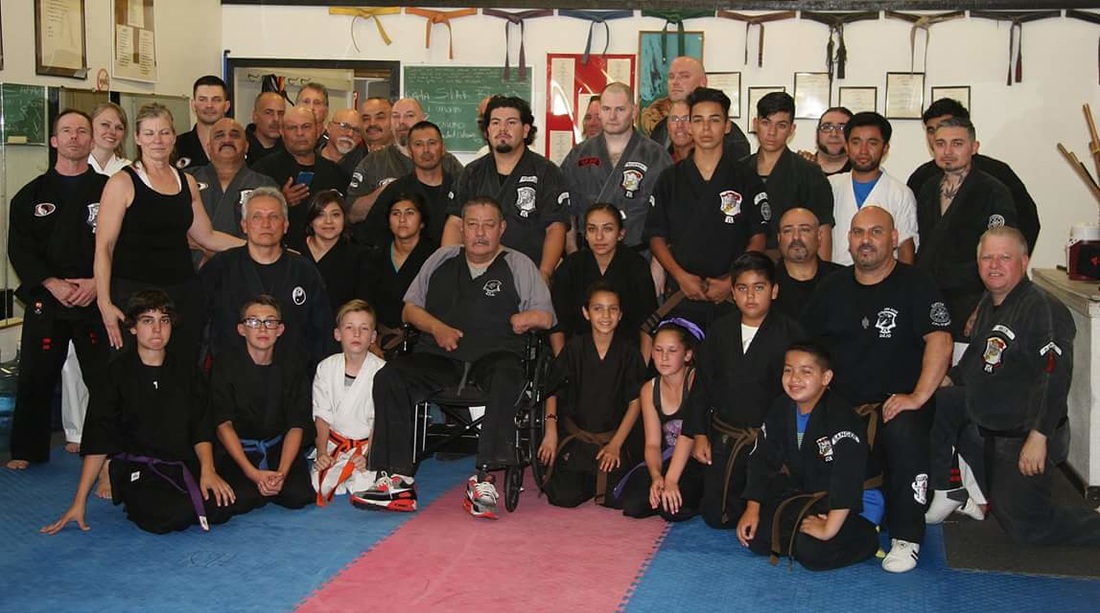
 RSS Feed
RSS Feed